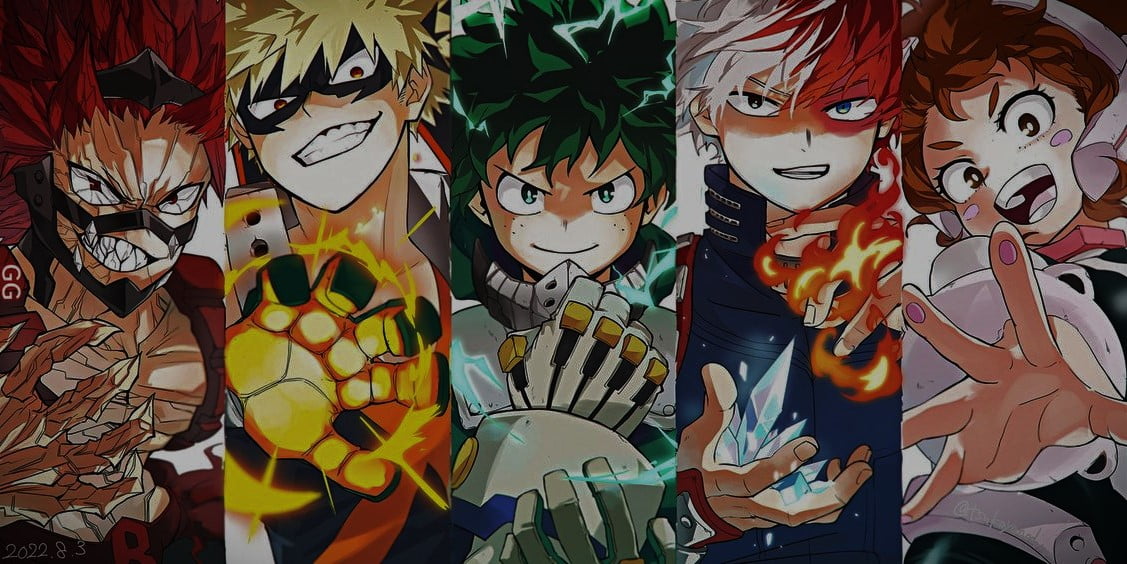My Hero Academia Season 7 has finally graced our screens, and I can’t think of a better moment to immerse ourselves in the captivating world of My Hero Academia, exploring its unique art style, dynamic character dynamics, exhilarating fights, and gripping storytelling.
My Hero Academia (Japanese: 僕のヒーローアカデミア, Hepburn: Boku no Hīrō Akademia) is a Japanese manga series written and illustrated by the talented Kōhei Horikoshi. Since its debut in Shueisha’s shōnen manga magazine Weekly Shōnen Jump in July 2014, it has captured the imaginations of fans worldwide, with its chapters compiled into 40 tankōbon volumes as of April 2024.
Set in a world where superpowers, or “Quirks,” are the norm, the series follows the journey of Izuku Midoriya, a determined boy born without a Quirk but with dreams as big as the sky to become a superhero himself. His life takes a thrilling turn when he crosses paths with the legendary hero All Might, who sees great potential in him. With a touch of All Might’s own Quirk, Midoriya embarks on an epic adventure, enrolling in the prestigious U.A. High School for aspiring heroes, where he discovers newfound powers, forges unbreakable bonds, and faces formidable foes.

Why is My Hero Academia considered one of the best anime series?
Crafting Compelling Narratives: The Art of Storytelling
The storytelling in My Hero Academia is often praised for its exceptional depth and emotional resonance. With each episode and chapter, viewers and readers are drawn into a richly crafted world where heroes and villains clash against a backdrop of complex moral dilemmas and personal struggles. Creator Kohei Horikoshi masterfully weaves together themes of heroism, friendship, and self-discovery, creating a narrative that resonates with audiences of all ages. From the exhilarating highs of epic battles to the poignant lows of character development and growth, My Hero Academia delivers a rollercoaster of emotions that keeps fans eagerly awaiting each new installment. Whether it’s the heartwarming bonds between classmates at U.A. High School or the heart-stopping confrontations with powerful adversaries, the storytelling in My Hero Academia continues to captivate and inspire audiences worldwide.
Building Worlds: From Quirks to Quarters in My Hero Academia
In “My Hero Academia,” world building is the meticulous craft of constructing and expanding a vibrant fictional universe where the narrative flourishes. At its core is the concept of “Quirks” – unique superpowers innate to individuals from birth, shaping characters and society alike. Hero Society forms the backbone, a structured framework where “Pro Heroes” operate under laws, regulations, and a hierarchical system, with institutions like U.A. High School nurturing the next generation of champions. Yet, shadows loom with villains, their dark ambitions adding depth and conflict to the hero’s journey. Exploring villain organizations, historical events, and global geography, the narrative unveils a rich tapestry. Advanced technology further enhances this world, with Quirk-enhancing gadgets showcasing humanity’s ingenuity. Through meticulous detail and boundless creativity, “My Hero Academia” creates an immersive world that captivates with its complexity and wonder.
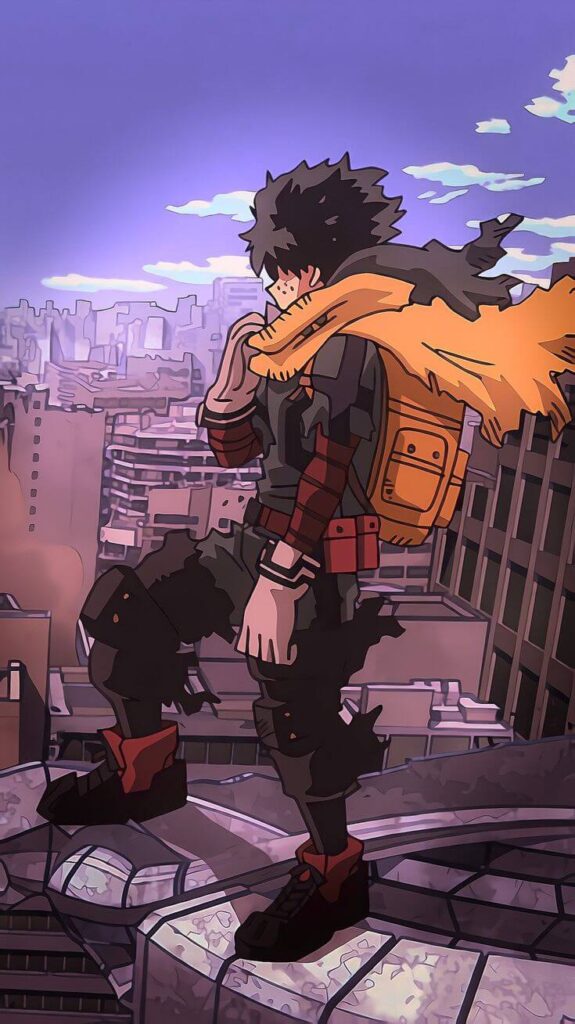
Unveiling Personalities: Exploring the Characters of My Hero Academia
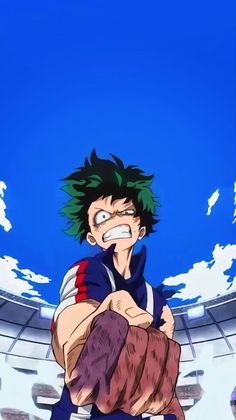
In “My Hero Academia,” the narrative arc of Midoriya ascending to become the next Symbol of Peace is intricately intertwined with the legacy of All Might’s leadership. As Midoriya navigates the challenges of inheriting One For All and fulfilling the mantle of the world’s greatest hero, All Might serves as more than just a mentor; he embodies the essence of heroism itself, guiding Midoriya with wisdom, courage, and unwavering resolve. All Might’s character leadership is characterized by selflessness, resilience, and a deep-seated belief in the potential of others. Through his mentorship, Midoriya learns not only the physical aspects of heroism but also the importance of inspiring hope and standing up for justice in the face of adversity.

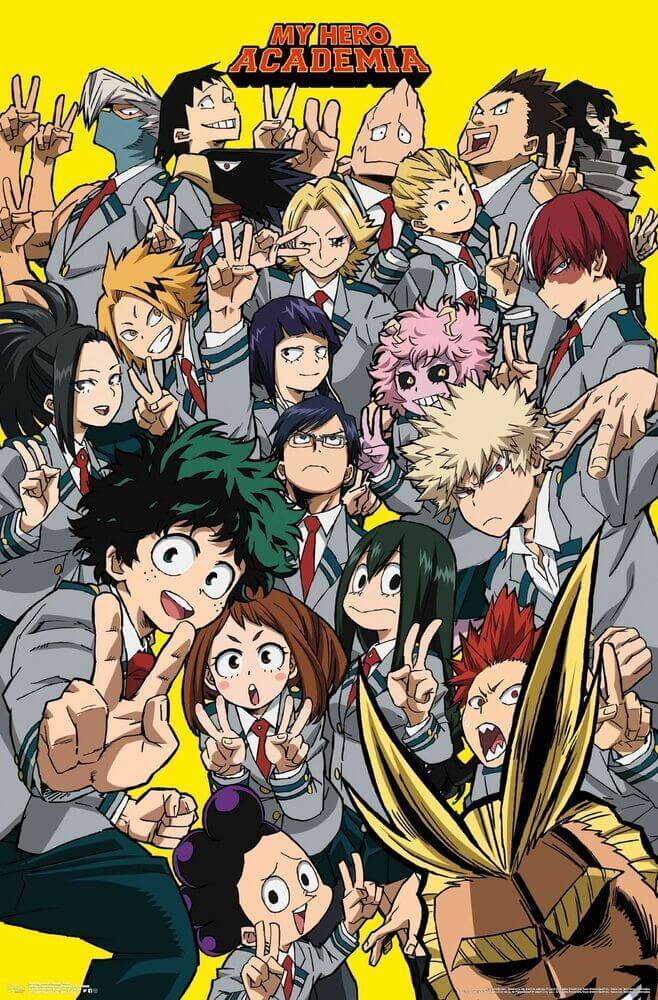
However, Midoriya’s journey is not one he faces alone. Supported by his friends and fellow classmates, each with their own unique quirks and strengths, Midoriya overcomes formidable challenges that threaten to derail his path towards becoming the next Symbol of Peace. Whether it’s Uraraka’s unwavering support, Bakugo’s fierce determination, or Iida’s steadfast loyalty, Midoriya’s friends stand by him through triumphs and setbacks, serving as pillars of strength and encouragement. Together, they form a formidable team, each contributing their own talents and perspectives to overcome obstacles that would be insurmountable alone.
As Midoriya’s resolve is tested time and again, his friends stand as a constant source of inspiration, reminding him of the importance of camaraderie, perseverance, and the indomitable spirit of heroism. Through their unwavering support and camaraderie, Midoriya gains the strength and courage to face his fears, confront his adversaries, and ultimately, emerge as a beacon of hope for a world in need of a new Symbol of Peace. In this journey of self-discovery and growth, Midoriya not only honors the legacy of All Might but also carves out his own path towards becoming the greatest hero the world has ever known.
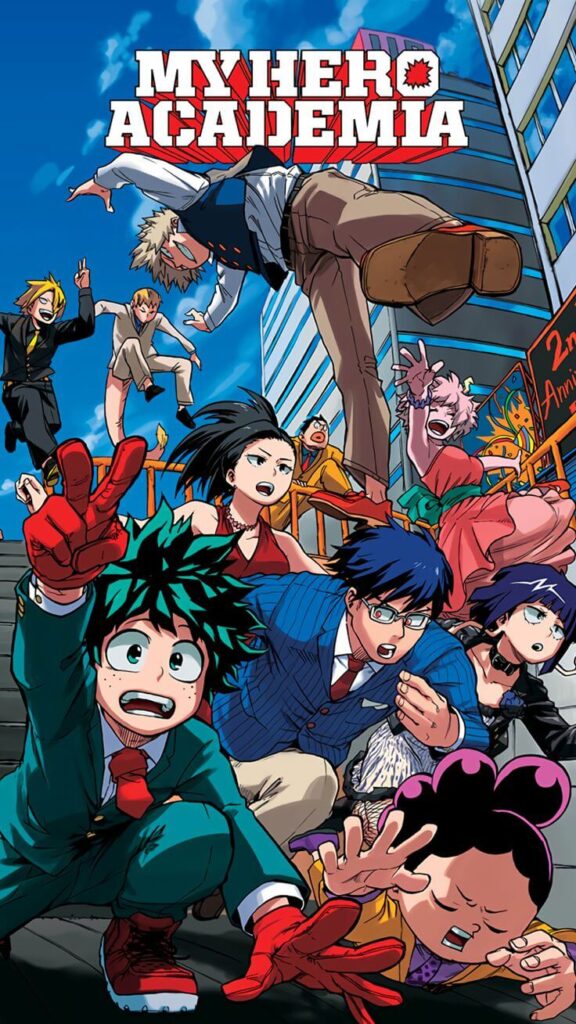
Artistic Flair: The Unique Style of My Hero Academia
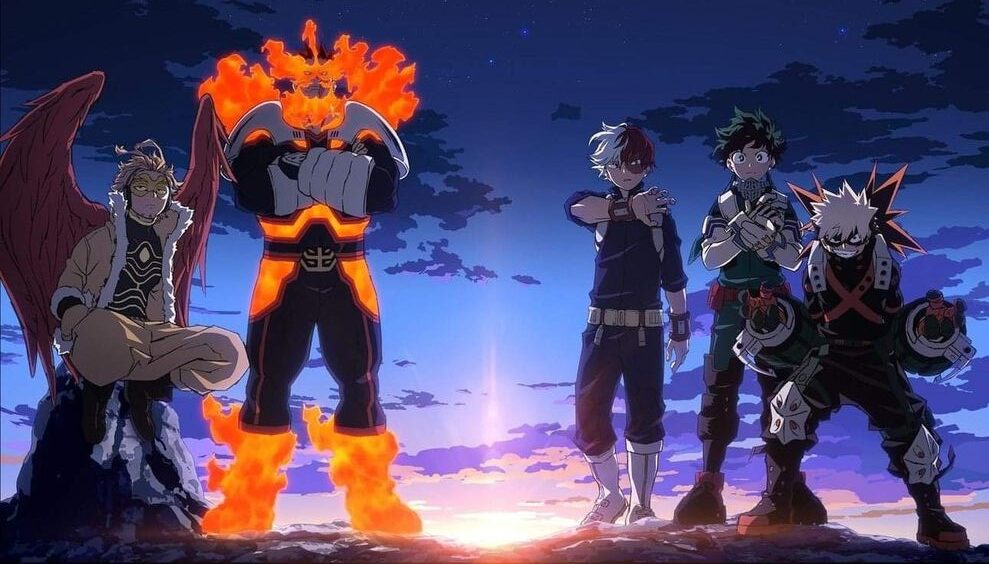
The style of art in “My Hero Academia” (MHA) is distinctive and recognizable, reflecting the energetic and dynamic nature of the series. Created by mangaka Kohei Horikoshi, MHA’s art style combines elements of traditional manga aesthetics with modern flair.
One notable aspect of the art style is its emphasis on bold, dynamic linework and exaggerated character expressions. Characters often have exaggerated facial features, such as large eyes and expressive mouths, which convey a wide range of emotions, from intense determination to comedic exaggeration. This expressive quality adds depth and personality to the characters, enhancing the reader’s connection to them.
Horikoshi’s attention to detail is also evident in the intricate costume designs and Quirk manifestations. Each character’s costume is carefully crafted to reflect their personality and abilities, with unique motifs and accessories that make them visually distinct. Quirks, the superpowers possessed by characters, are visually represented with creative and imaginative designs that enhance the action sequences and highlight the diversity of abilities within the MHA universe.
Emotional Rollercoasters: Delving into Feelings in My Hero Academia
The dynamic fighting scenes in “My Hero Academia” (MHA) are not merely displays of physical prowess but intricately crafted narratives that evoke a spectrum of emotions in the audience. Created by mangaka Kohei Horikoshi, MHA excels in portraying intense battles that delve deep into the characters’ emotions, motivations, and personal growth.
Horikoshi’s meticulous attention to detail in the artwork is evident in every panel, with dynamic compositions, fluid character movements, and striking use of perspective. These visual elements create a sense of energy and excitement that draws readers into the heart of the action. Whether it’s Midoriya’s thrilling clashes with villains or the intense showdowns during the U.A. Sports Festival, each fight scene is choreographed with precision and flair, making them visually stunning and emotionally resonant.
However, it’s not just the visual spectacle that makes these scenes beautiful; it’s also the emotional depth that permeates them. As heroes and villains clash, their conflicting ideologies, fears, and aspirations are laid bare, adding layers of complexity to the battles. Whether it’s Midoriya facing his fears and pushing beyond his limits, Bakugo confronting his pride and insecurities, or Todoroki reconciling with his past, the emotional stakes are high, resonating with readers on a deeper level.
Furthermore, the sound effects and dialogue in these scenes play a crucial role in heightening the emotional impact. The impactful use of onomatopoeia and descriptive text adds intensity to the action, while the characters’ dialogue and inner monologues provide insight into their thoughts and feelings, allowing readers to empathize with their struggles and triumphs.
Overall, the dynamic fighting scenes in MHA are not just visually striking but also emotionally resonant, offering a compelling blend of action, drama, and character development that leaves a lasting impression on audiences and elicits a range of emotions, from exhilaration to empathy.
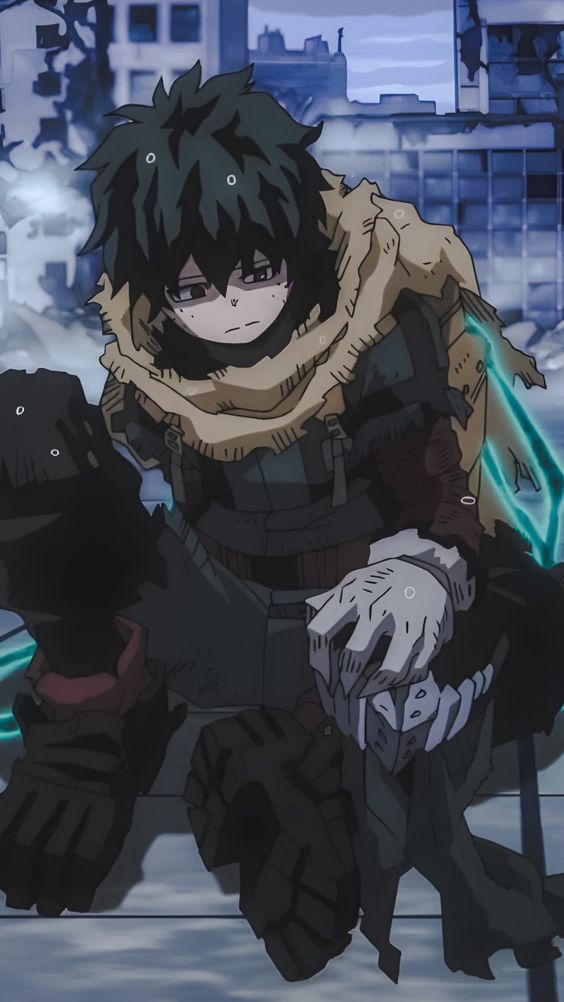
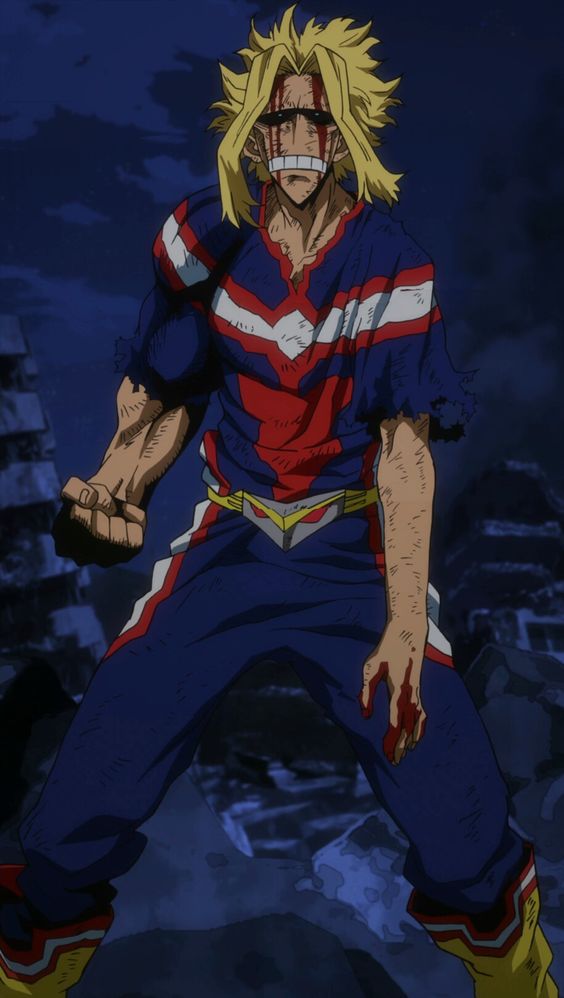
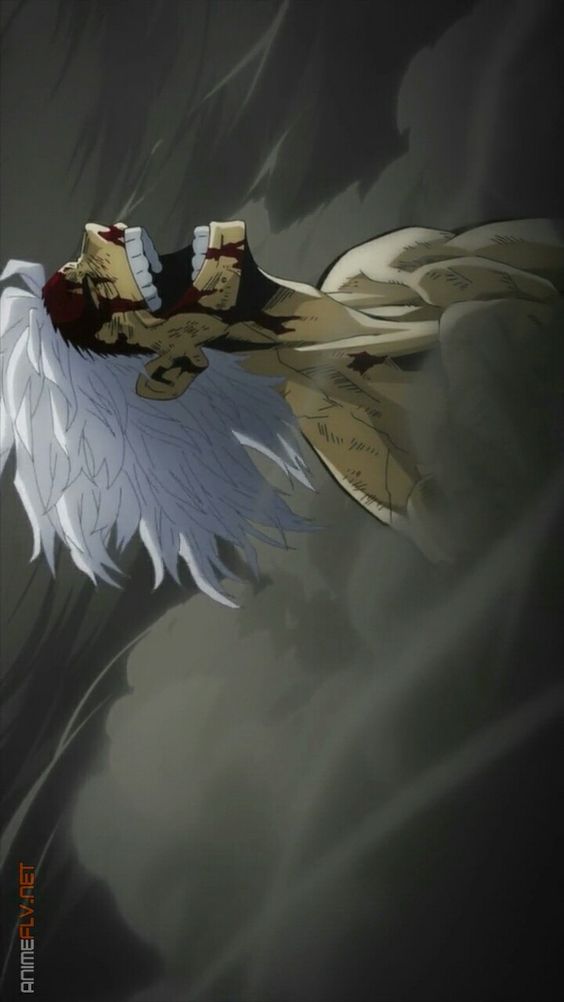
Emotional Rollercoasters: Delving into Feelings in My Hero Academia
In “My Hero Academia,” mangaka Kohei Horikoshi used facial expression styles as powerful tool to convey the intense emotions and feelings of the characters. particularly during moments of conflict or vulnerability. Horikoshi’s approach involves depicting characters with exaggerated facial expressions. often bordering on the brink of destruction, to visually communicate the depth of their emotional turmoil.
When characters experience moments of intense stress, fear, anger, or sadness, Horikoshi exaggerates their facial features, distorting their expressions to convey the intensity of their emotions. This can manifest in various ways, such as widened eyes, contorted mouths, furrowed brows, and clenched fists, among others. By pushing these expressions to the extreme, Horikoshi creates a visceral connection between the characters and the audience, allowing readers to empathize with their struggles on a profound level.
Furthermore, this style of facial expression serves to highlight the internal conflicts and vulnerabilities of the characters. Whether it’s Midoriya grappling with self-doubt, Bakugo struggling with his explosive temper, or Todoroki confronting his traumatic past, the exaggerated facial expressions visually represent the emotional turmoil brewing beneath the surface. In moments of despair or triumph, these expressions become a window into the characters’ souls, revealing their innermost thoughts and feelings to the audience.
Overall, Horikoshi’s facial expression style in “My Hero Academia” is a masterful technique that enhances the emotional depth and impact of the storytelling. By portraying characters on the verge of destruction, he creates a raw and authentic portrayal of human emotions, inviting readers to experience the highs and lows of heroism alongside the characters they’ve come to love.
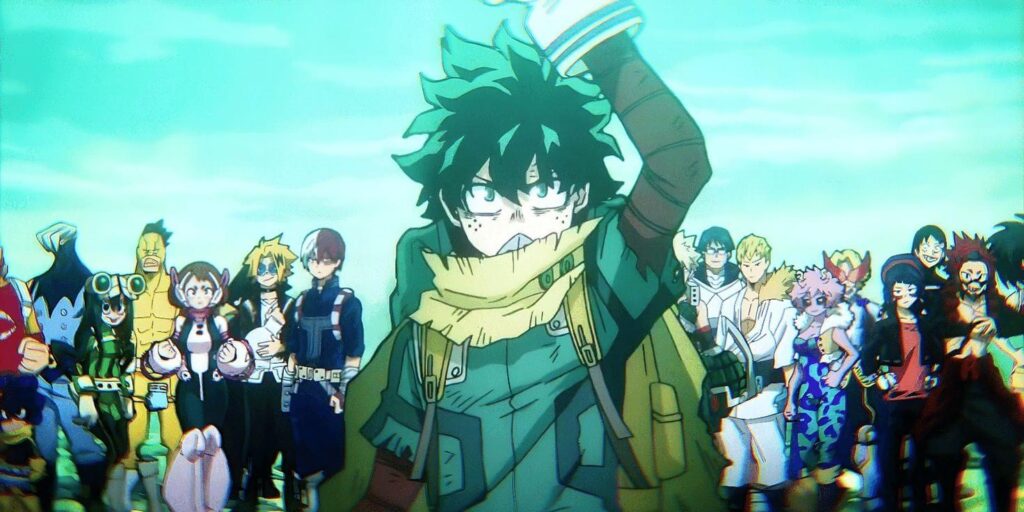
Conclusion
In conclusion, the advent of My Hero Academia Season 7 heralds another thrilling installment in the saga of this beloved anime series. Since its inception in the pages of Weekly Shōnen Jump, My Hero Academia has enraptured audiences worldwide with its exceptional storytelling, dynamic characters, and captivating artwork.At its heart, My Hero Academia is renowned for its masterful storytelling, skillfully crafted by the talented Kōhei Horikoshi. Through its intricately woven narrative, the series explores themes of heroism, friendship, and self-discovery, drawing viewers of all ages into its richly imagined world.
As Season 7 promises new adventures and challenges for Midoriya and his classmates, fans eagerly anticipate the next chapter in this extraordinary journey. My Hero Academia stands as a shining example of the enduring power of storytelling and the universal appeal of heroes, inspiring audiences to embrace their own inner strengths and strive for greatness.
